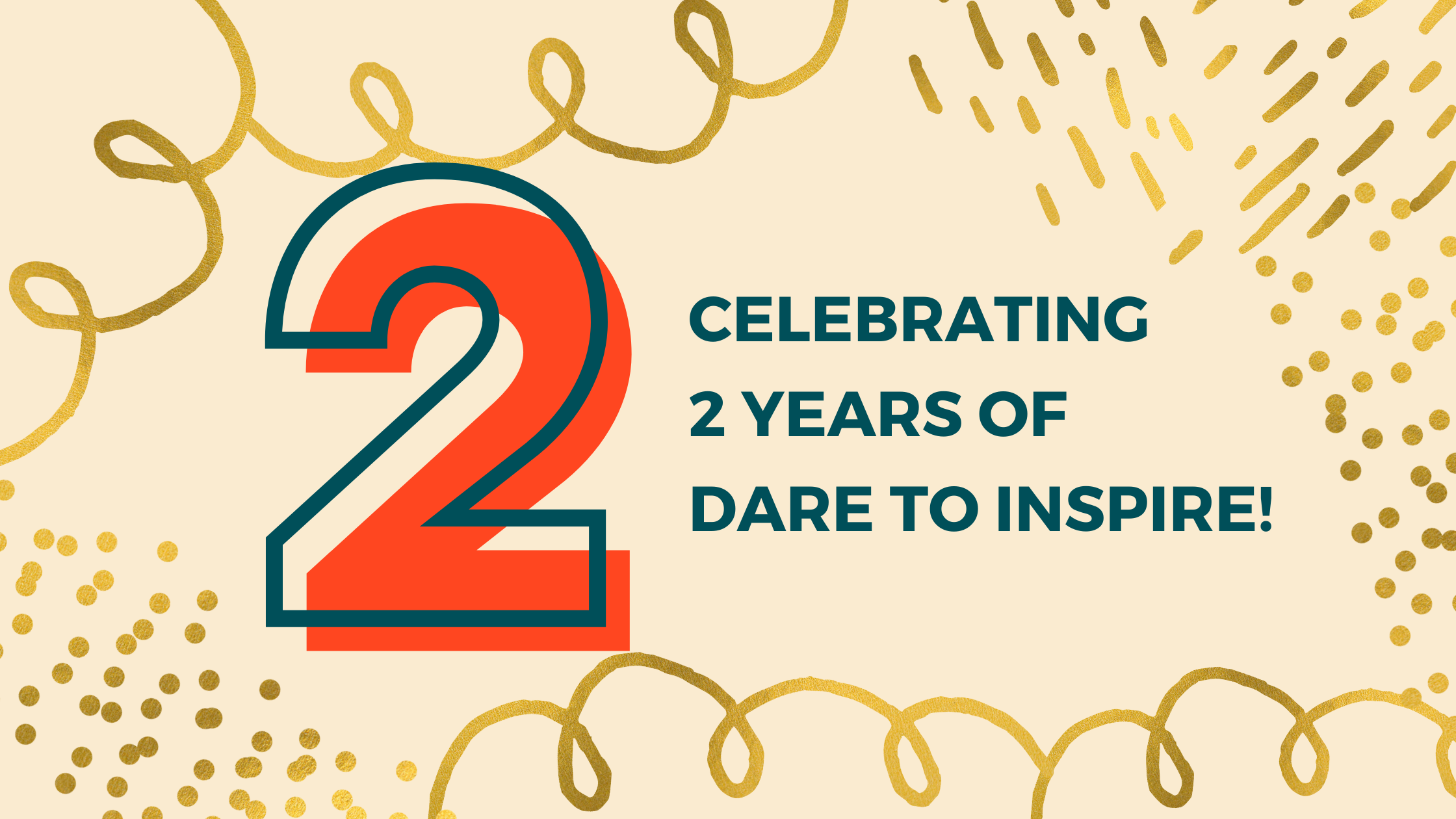
Nurturing Empathy When it’s Not Our Nature
Understanding Empathy in the Workplace
“I’ve always thought of myself as an empathetic person,” she said. I could see the hurt and confusion in my client’s eyes and see her deflated body language as she slumped over the piece of paper.
We were looking at her results from a 360 evaluation called the Emotional and Social Competency Inventory (ESCI), designed by Dan Goleman, the psychologist who popularized emotional intelligence in 1995. As a part of her coaching program, my client had requested feedback on her social and emotional competencies from over twenty of her colleagues, managers, direct reports, and peers. Out of the twelve competencies, she scored the lowest in “empathy,” in the bottom quartile compared to the norm group used to validate the assessment. This result blindsided her, made her feel inadequate, demotivated, and insecure.
I needed to act fast to translate her score in a way that would empower her to take action. While she had several ESCI strengths, she wanted to, needed to, focus on empathy, because empathy defined her role. She works in a human service field and has devoted her entire life to the service of others.
The Characteristics of Empathy
The ESCI defines empathy as “sensing others’ feelings and perspectives, and taking an active interest in their concerns.” Yet, in my experience, clients find this definition to be abstract and unclear. In all of my training and research on emotional intelligence, I have yet to come across a practical approach to empathy. If you want to be more empathetic, how do you do that? What does empathy look like, feel like, sound like? How do you break it down so you can diagnose when it doesn’t exist and why?
“But, I really care about people… a lot,” she whispered, deflated, with tears welling up in her eyes. I said: “I know you care. I’ve seen you in action at work, interacting with others. You care deeply about the people around you. This survey measures how others perceive you, not how you actually feel.”
As a coach, crucible moments like these push me to think fast and creatively. She needed guidance; intuitively, I jumped in with a simple framework to guide her understanding: “Empathy includes three defining characteristics: consciousness, curiosity, and caring actions. All three of these characteristics need to be present in order for both parties to experience empathy.” I realized I could use this opportunity to teach her this framework and to model it for her through my practice of it in this moment.
“First, tell me about a recent time when you think you were not successful feeling or expressing empathy to others?” She offered an example of a recent team meeting that her direct report led and she observed. “In this meeting, how conscious were you – emotionally and mentally focused and present, on a scale of 1-5? How much were you fully focused on her and the content being discussed, versus being distracted, mind elsewhere?”
She responded: “during this meeting, quite conscious and very focused, a 5.”
I said: “Great. The first characteristic of empathy: being fully conscious of the other person’s feelings and thoughts.” She smiled, “I hate when my husband checks his text messages around me – definitely makes me feel like he doesn’t care about me in that moment.” I agreed. In fact, I would argue that it is impossible to be empathetic when distracted and not fully present.
Then, I asked: “How much did you show caring actions, on a scale of 1-5? Remember, if you feel care without actively showing it through your words or body language, the other person may not experience you as caring.”
She said: “I would score myself a little bit lower – perhaps a 3… while I cared a lot about her at that time, I did not actively show it. I could have given her more positive feedback and recognition for leading this meeting, because she was doing an excellent job.”
I responded: “Great insight that your behaviors of caring did not line up with how you felt. You did care, but you could have shown it more; how might you have done that?” She said: “Simply giving her praise in the moment, encouraging her, saying ‘you’ve got this!’”
And then I asked her: “Last question, how curious were you in understanding her experience, her point of view? Again, on a scale from 1-5?”
She paused. “What would that look like?”
Well, smiling as I thought to myself that this could be an opportunity to model it, “What would curiosity in this situation have looked like to you?”
She paused, then said: “Asking open questions. Giving her space to express her point of view without jumping in with my own judgments and answers.” Her eyes looked to the side for a moment, processing. “I didn’t do that at all. I would give myself a 1!”
“This last characteristic of empathy – curiosity – often gets overlooked. But, people don’t feel understood – like we truly connect with how they feel – when we vocally judge them or steamroll them with our own points of view.”
Her posture completely shifted. She sat up, looking hopeful and back in charge of her own growth. “I need to be more open and curious. I care deeply about my staff and I give them my full attention. But, I know I jump in too fast with my own judgments and answers. It disempowers them. I can see how they don’t feel heard or understood. I can see how they would experience this as a lack of empathy. It doesn’t mean I don’t care – I do care. I care deeply; I need to work a lot harder to show it.”
“Great insight. You can care deeply and be conscious of others; without curiosity, you come across to others as lacking empathy. What will you shift in order to be more open?”
“Withhold my judgments longer; stay curious. Give others more time to come up with the answers themselves. Allow them to drive the conversation. Saying things like: ‘I would really like to hear what you think about this…’”
Then, she said: “Thank you. I get it, now. I really understand empathy. And at the times when I need to be most empathetic to others, I will ask myself these three questions:
- Am I fully present in this moment?
- How actively am I showing how much I care about the person?
- How curious am I to understand the other person’s point of view?
“Beautiful. Great work.”
Then, I said: “Just out of curiosity, on a scale of 1-5, and using this framework we talked about – being conscious, actively showing care, and being curious – how empathetic would you say I’ve been in this conversation just now?”
She smiled and said: “I think you know the answer to that question.”







